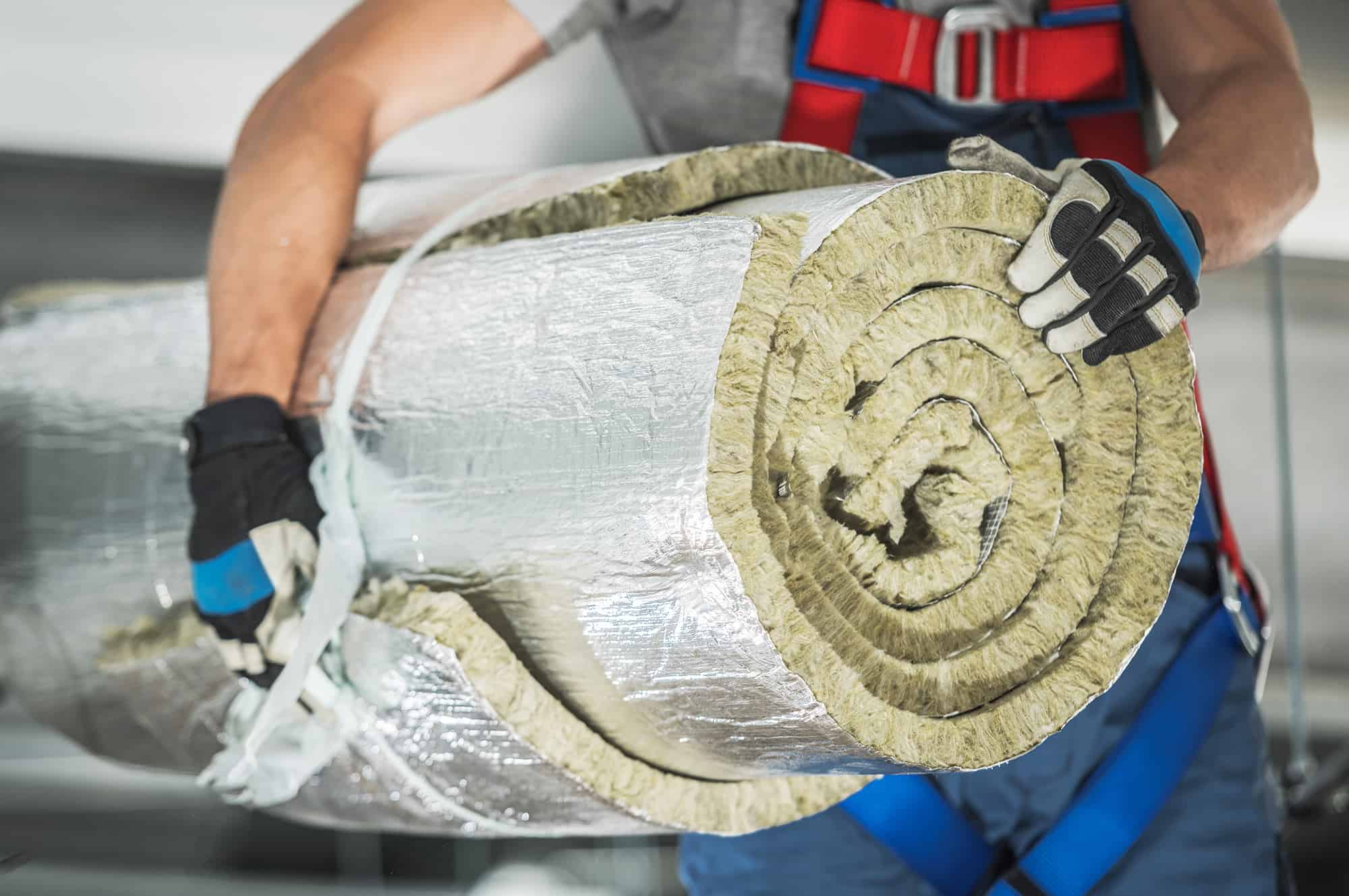In construction, the insulation process is used to reduce heat transfer in buildings. Insulation plays a critical role in the comfort, efficiency, and sustainability of commercial spaces. Further, Ontario’s building code upholds a minimum standard for insulation, meaning that commercial developers must ensure that they are properly insulating their spaces in order to comply with the law. The upside? The benefits of proper insulation far outweigh the costs, and there are many different types to choose from.
Benefits of Insulation
It Improves Energy Efficiency: Insulation significantly improves energy efficiency by slowing heat transfer. A building that is well-insulated requires less energy to both heat and cool, reducing the cost of utility bills and placing less stress on HVAC equipment such as the furnace and air conditioner. As another plus, reducing energy use equals a reduction in harmful emissions, making insulation a green-friendly practice as well as a cost-effective one.
It Acts as Soundproofing: Acoustic design – designing with the impact of sound in mind – can be very complex. Insulation alone is not a complete soundproofing method, but it does help to reduce unwanted noise. This is especially important in office buildings and other environments that prioritize a quiet atmosphere.
It Meets Comfort Requirements: Whether you’re someone who is prone to being too hot or too cold, you likely understand the importance of thermal comfort in a building. A well-insulated building is less likely to experience temperature fluctuations, particularly in the event of extreme temperatures or power outages. Without proper insulation, indoor spaces will always struggle to maintain their desired temperature.
Types of Insulation
There is a range of insulation types available to suit the various needs of commercial buildings. Below is a brief summary of several popular options.
Batt: Also called blanket or roll insulation, this is made of several thin layers of fiberglass stacked together. It is often placed between two thick pieces of cardboard or paper to help prevent damage. This insulation is ideal for installation between beams and joists.
Fiberglass Board: Made of stacked fiberglass, this type of insulation forms a rigid board that is excellent at preventing drafts. It is commonly used to insulate metal ductwork, which tends to lose heat easily.
Stone Wool: Stone wool insulation is made from high-density mineral wool. This type of insulation is a good choice for around pipes and other small spaces that might need a bit of extra insulation and soundproofing.
Spray Foam: This is a semi-liquid form of insulation that can be sprayed into areas using special equipment. Once sprayed, the foam expands to fill the area and insulate it. Spray foam is cheap, versatile, and effective, but tends to need more frequent maintenance that other forms of insulation.
Loose-Fill: As the name suggests, loose-fill insulation is made of loose pellets, usually of a cellulose or fiberglass material. Similar to spray foam insulation, loose-fill is installed using special equipment to spray it into desired areas. Because the material is lightweight, loose-fill is appropriate for areas that are hard to reach, such as inside closed walls and around electrical panels and lighting.
Regardless of the type of insulation your building requires, properly insulating commercial spaces is an important part of the construction process. Don’t overlook this crucial step when planning your next development.
Looking for a team to take the lead on your next project? At Pulse Construction, we’re committed to doing business with an honest, professional, and competitive approach – without compromising safety or schedules. Contact us today for all of your building needs.



